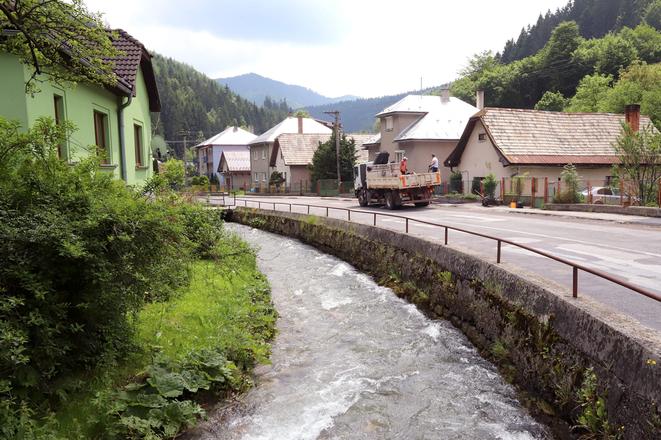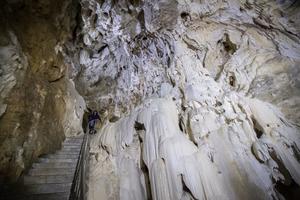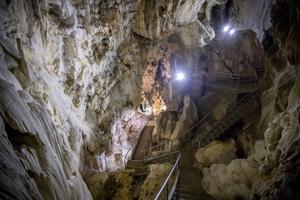Many tourists visit the village of Dolný Harmanec in the northern part of Banská Bystrica region to explore the dripstone Harmanecká cave and the hill Kráľová Studňa.
“We are the entering gate to the mountains of Veľká Fatra,” said Matúš Vajs, a mayor of the village, as quoted by the TASR newswire.
From region to region
Starting in Dolný Harmanec, tourists can conveniently reach Kráľova Studňa and Krížna, from which the Turiec and Liptov regions are accessible, he added.
Tourists can soak in one of the most beautiful views of Bystrická, Gaderská or Blatnická valley in this area. According to the mayor, this place is perfect for relaxing in nature, hiking and cycling.
Legends about king
Kráľova Studňa (can be translated to King’s Well) is tied with legends involving Hungarian king Matthaeus Corvinus.
One legends states shepherds were having an argument about which dominion the stream belonged to. The king, who was returning from a hunt, overheard them and said: “If you cannot agree, the stream will be mine! It will be my well – King’s Well.”
Another legend involves a local shepherd who wanted to repay the king and invited him for a treat. It was really windy so the shepherd, together with other men, dug out a hole as big as a man. They sat together inside and baked a lamb. Later on, when the shepherd deepened the hole a bit, he discovered water and named the well after the king.
Cave of bats
Harmanecká cave is another popular spot. It is accessible from the village via a 1,420 metre-long educational path stating which plants and animals live there.
The cave was discovered by local Michal Bacúrik in 1932, Vajs said. It was open to the public for the first time in 1950. It is not only one of the best known in Slovakia but also home to 11 species of bats.
The overall length of the cave is three kilometres, one kilometre of which is accessible to the public.



 Illustrative stock photo (source: Sme/Ján Krošlák)
Illustrative stock photo (source: Sme/Ján Krošlák)


